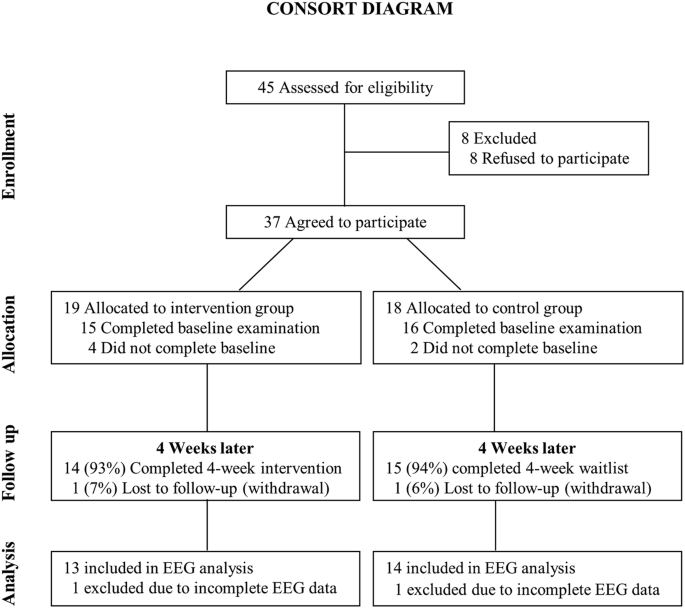Sn Rk 202 14 2002
.□ftftlnn 27*0 9U91 Northern Lib.2*67 1301 04. WO W4t V.I(rZ6BW83 Tuul nos son Dertrirf VL CfctMUw A 700 AA20 IMawar* I0MJ 1777. F»}«n» 3030:t>*7 Otmim IAA9 2002 VV. AnOO M4A RK- 202. Purcell PC, Smith AM, Halford NG (1998) Antisense expression of a sucrose non-fermenting-1-related protein kinase sequence in potato results in decreased expression of sucrose synthase in tubers and loss of sucrose-inducibility of sucrose synthase transcripts in leaves. Plant J 14:195–202 CrossRef Google Scholar.


Surface-enhanced Raman scattering (SERS) is a spectroscopic technique which combines modern laser spectroscopy with the exciting optical properties of metallic nanostructures, resulting in strongly increased Raman signals when molecules are attached to nanometre-sized gold and silver structures. The effect provides the structural information content of Raman spectroscopy together with ultrasensitive detection limits, allowing Raman spectroscopy of single molecules. Xpadder5 3 emulator dzhojstika rusifikator.
Since SERS takes place in the local fields of metallic nanostructures, the lateral resolution of the technique is determined by the confinement of the local fields, which can be two orders of magnitude better than the diffraction limit. Moreover, SERS is an analytical technique, which can give information on surface and interface processes. SERS opens up exciting opportunities in the field of biophysical and biomedical spectroscopy, where it provides ultrasensitive detection and characterization of biophysically/biomedically relevant molecules and processes as well as a vibrational spectroscopy with extremely high spatial resolution. The article briefly introduces the SERS effect and reviews contemporary SERS studies in biophysics/biochemistry and in life sciences. Potential and limitations of the technique are briefly discussed. Export citation and abstract.